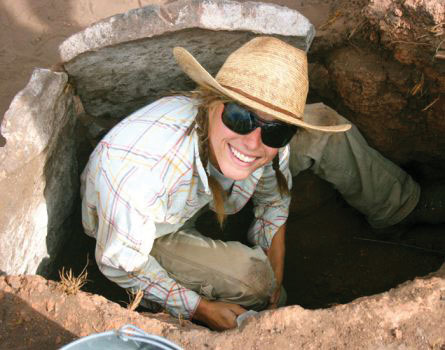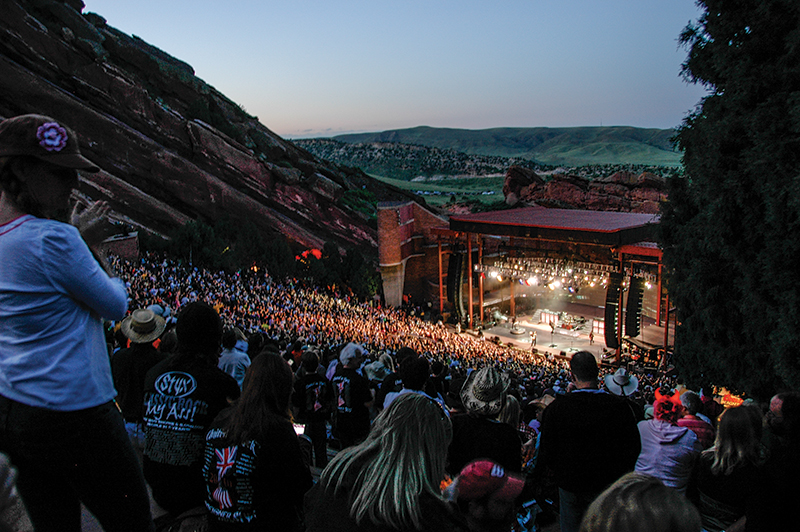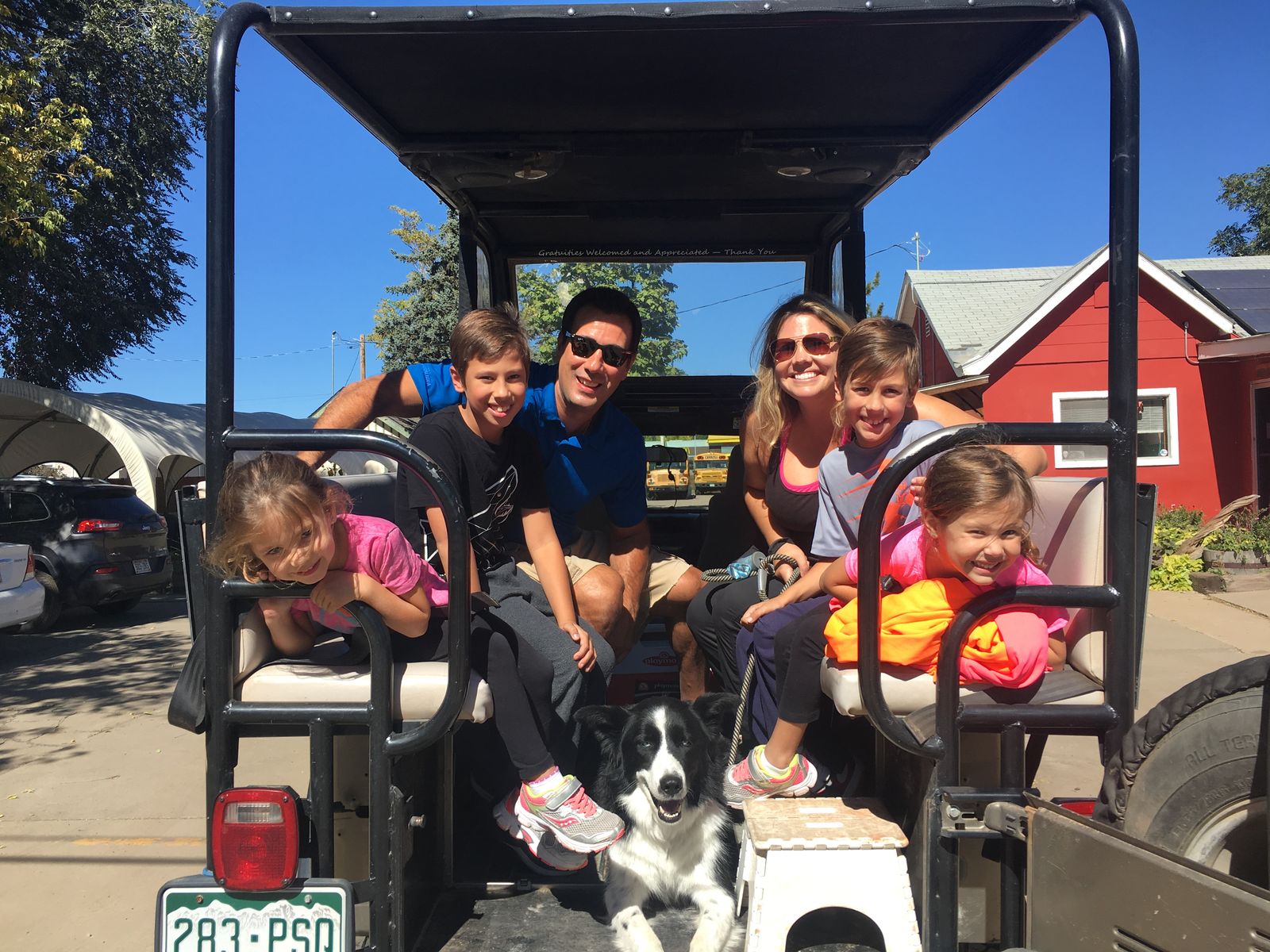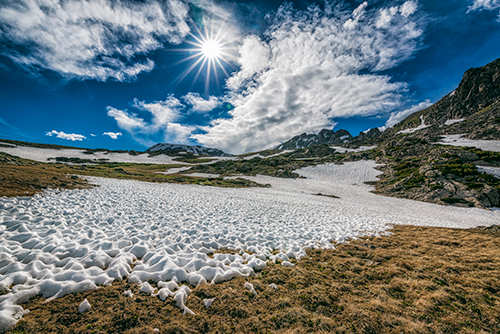Canyons of the Ancients National Monument
Canyons of the Ancients National Monument is located in the southwestern corner of Colorado. This National Monument is a hidden gem waiting to be discovered. Just 50 miles west of Durango, 10 miles west of Cortez, and 12 miles west of Mesa Verde National Park. It's an easy stop for those traveling through this region of Colorado. This vast landscape is home to thousands of archaeological sites, making it a must-visit destination for history buffs and outdoor enthusiasts. In this article, we will explore the hidden treasures of the Canyons of the Ancients National Monument and provide tips for maximizing your experience.
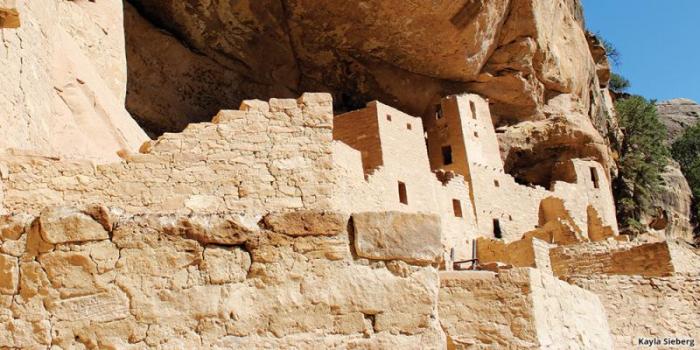 Canyons of the Ancients National Monument
History and Culture
Canyons of the Ancients National Monument
History and Culture
The Canyons of the Ancients National Monument is a treasure trove of ancient history and culture. It is home to the highest known concentration of archaeological sites in the United States, with over 6,000 recorded sites. These sites include ancient villages, cliff dwellings, and rock art created by the Ancestral Puebloans, a Native American culture that inhabited the area from 750 to 1300 AD. Visitors can explore these sites and learn about the daily lives and customs of these ancient people.
Stop by the Anasazi Heritage Center
The Anasazi Heritage Center is a great place to visit when exploring the Canyons of the Ancients National Monument. It serves as the visitor center for the monument and offers exhibits, information, and resources to help you make the most of your visit. You can learn about the history and culture of the Ancestral Puebloans through interactive displays, artifacts, and educational programs. The center also provides maps and guides for hiking trails and other activities within the monument.Hiking & Biking Trails
One of the best ways to experience the Canyons of the Ancients National Monument is by hiking its many trails and biking where allowed. With over 176,000 acres of BLM land, there are plenty of trails to choose from, ranging from easy to challenging.Painted Hand Pueblo
The Painted Hand Pueblo, located in the Canyons of the Ancients National Monument, is a beautiful standing tower perched on a boulder. The site has never been excavated, but stone rubble shows where rooms were built against the cliff face and on boulders.- The moderate hike to Painted Hand is .7 miles round trip
The Sand Canyon Campground and Trail System
A popular trail system offers stunning canyon views and access to several archaeological sites. The Sand Canyon Campground is a popular spot for tent and RV camping, with stunning views of the canyons and easy access to hiking trails. The trail system consists of three trails that range from easy to challenging skill levels.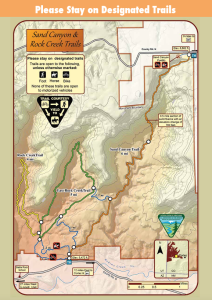 Hiking, singletrack mountain biking, and horseback riding are all allowed. It leads to one of the largest prehistoric settlements in this region, which has 420 rooms, 100 kivas, and 14 towers but no exposed walls. Sand Canyon Pueblo is adjacent to Sand Canyon's upper (north) trailhead. There is a small parking area, but no water, restroom, phone service, or wheelchair access.
Hiking, singletrack mountain biking, and horseback riding are all allowed. It leads to one of the largest prehistoric settlements in this region, which has 420 rooms, 100 kivas, and 14 towers but no exposed walls. Sand Canyon Pueblo is adjacent to Sand Canyon's upper (north) trailhead. There is a small parking area, but no water, restroom, phone service, or wheelchair access.
- Sand Canyon Trail - 6 miles, point-to-point
- Rock Creek Trail - 4 miles, loop
- East Rock Creek Trail - 5 miles, loop
Anasazi Trail
The Anasazi Trail begins on the east side of the Red Cliffs Campground and loops across the street. The trail leads to the Red Cliffs Archaeological Site, an interpreted heritage site. The Red Cliffs National Conservation Area conserves and protects these incredible resources for the benefit and enjoyment of present and future generations. * More than 130 miles of designated hiking, mountain biking, and equestrian trails are available for public use within the Red Cliffs National Conservation Area and Red Cliff Recreation Area. The Red Cliff Recreation area facilitates: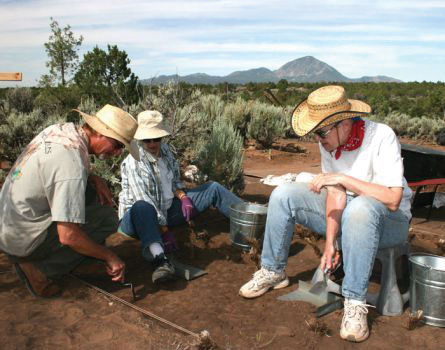
- Day-use parking.
- Red Cliffs Campground
- Attractions:
- Dinosaur Tracks
- Historical sites
- Mormon Pioneer History
- Quail Creek
The Lowry Pueblo Trail
The Lowry Pueblo Trail is another must-visit, leading hikers to a well-preserved ancient village. This site is the only developed recreation site within the Monument. It has standing walls that have been stabilized, 40 rooms, eight kivas, and a Great Kiva. There is a wheelchair-accessible picnic area, restroom, and trail, but no water or phone service.Crow Canyon Archaeological Center
The Ute Mountain Tribal Park
Offers an in-depth experience not to be missed. Native American guided tours interpret tribal culture, pictographs, cliff dwellings, surface ruins, and artifacts. The Ute Mountain Tribal Park is in the Mesa Verde/Mancos Canyon area, just outside the boundaries of the National Park. Tours begin at the Tribal Park Visitor Center, 20 miles south of Cortez. Reservations are required. They offer a variety of tours and start times. Bring plenty of drinking water, food, insect repellant, sunscreen, a hat, and sturdy hiking shoes. A full-day tour involves about 80 miles of driving on dirt roads.Camping and Recreation
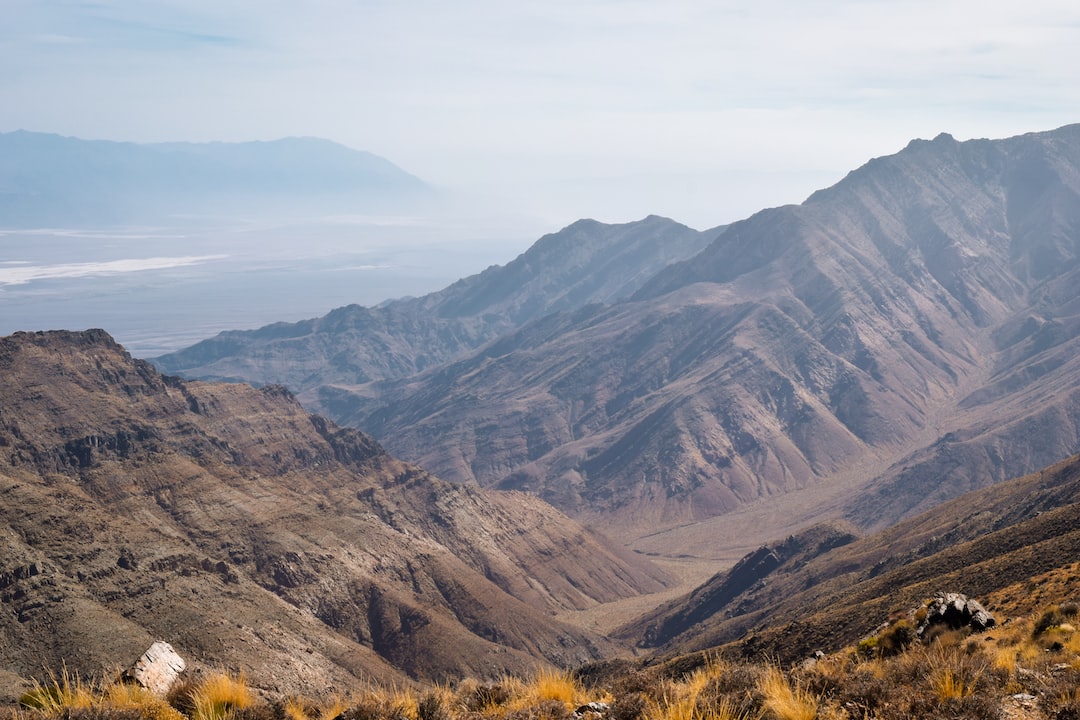 The Canyons of the Ancients National Monument offers camping and other recreational activities for those looking to extend their stay. The Sand Canyon Campground is a popular spot for tent and RV camping, with stunning views of the canyons and easy access to hiking trails. The monument also allows for hunting and fishing in designated areas with proper permits. Be sure to check the monument's website for rules and regulations before engaging in any recreational activities.
The Canyons of the Ancients National Monument offers camping and other recreational activities for those looking to extend their stay. The Sand Canyon Campground is a popular spot for tent and RV camping, with stunning views of the canyons and easy access to hiking trails. The monument also allows for hunting and fishing in designated areas with proper permits. Be sure to check the monument's website for rules and regulations before engaging in any recreational activities.
Visiting Tips Canyons of the Ancients National Monument
To make the most of your visit to the Canyons of the Ancients National Monument, here are a few tips to keep in mind:- Wear comfortable and sturdy shoes for hiking.
- Bring plenty of water and sunscreen.
- Respect the archaeological sites and do not touch or remove any artifacts.
- Check the weather before your visit and be prepared for changing conditions.
- Follow all rules and regulations set by the monument to help preserve its natural and cultural resources.


